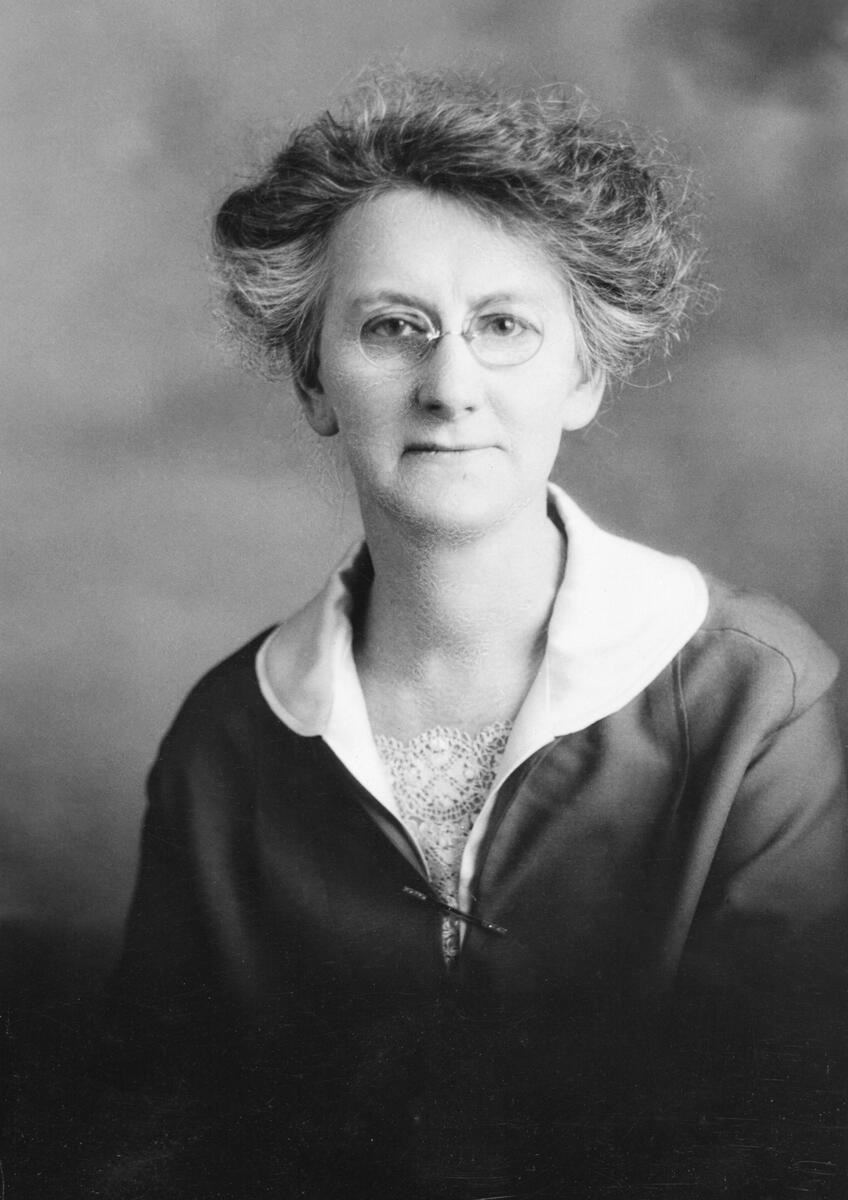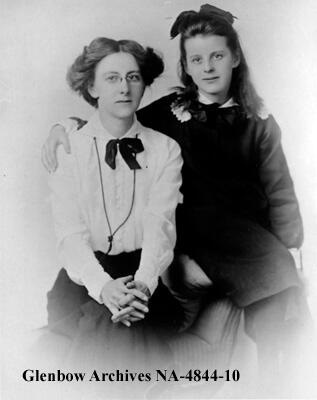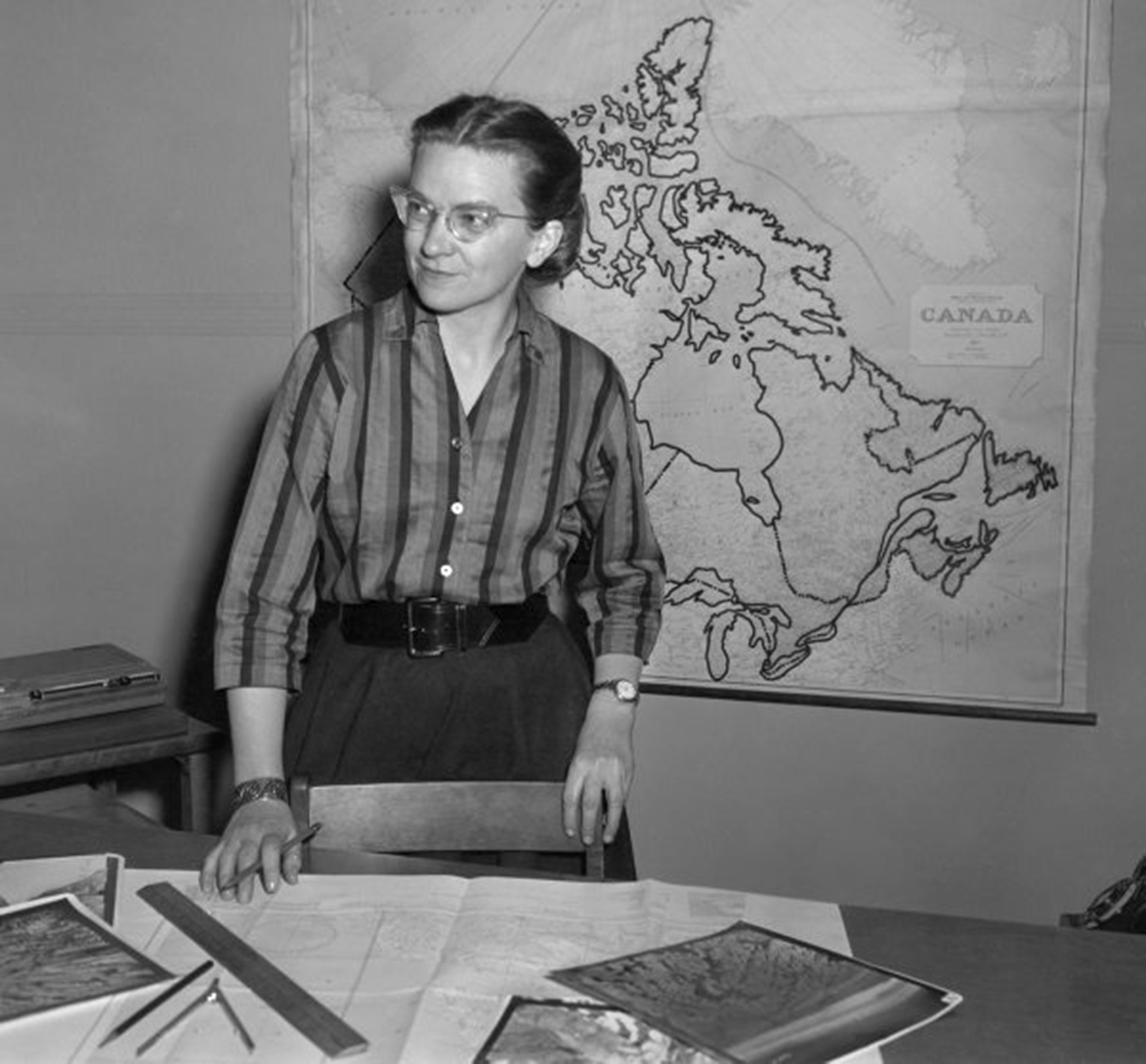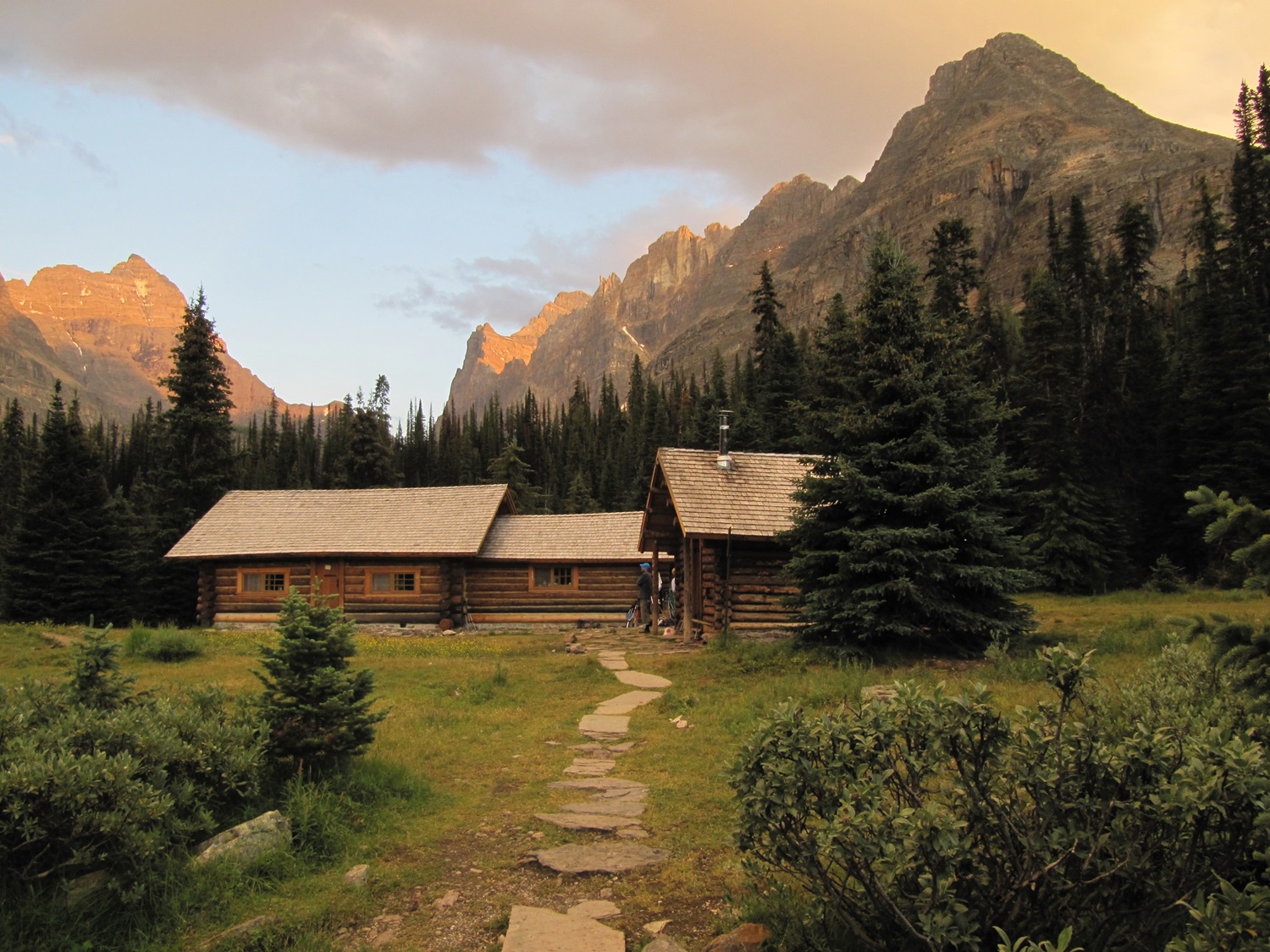Eda Owen (née Jones), meteorologist (born 4 or 5 November 1879 in Maghull, England; died 1957 in Calgary, AB). Nicknamed the “Weather Woman of the West,” Eda Owen began working as a meteorologist in 1915, taking over the operation of her husband’s weather station when he enlisted in the First World War. After his death in the war, Eda Owen continued his work and soon became the Provincial Agent and Weather Observer for Alberta, the first woman to hold such a post in Canada. The meteorological station Owen ran out of her Edmonton home for 28 years was one of the most important in the country.

Early Life and Marriage
Eda Owen was born into a wealthy family in Maghull, a town near Liverpool, UK. She attended a young girls’ boarding school in England but moved home when she was 16 to run her father’s household after the death of her mother.
Eda met Captain William Herbert Owen, a naval officer and business acquaintance of her father’s. The couple were separated for two years after a short courtship but were engaged upon his return. They married in Liverpool in 1900 and lived briefly in Lancashire before moving to London. Their only daughter, Kate, was born in 1903.
Emigration to Canada
In the early 1900s, Herbert Owen’s younger brother moved to Canada, eventually settling in Edmonton. He convinced Eda and Herbert to join him, which they did around 1910.
After emigrating, Herbert held a few temporary jobs before taking on an assistant role for the Dominion Government Meteorological Office in Edmonton. By 1913, the weather office moved into the Owens’ home in Highlands, a neighbourhood of Edmonton.
Start in Meteorology
Curious about her husband’s work, Eda Owen convinced Herbert to teach her about the station and its equipment. He taught Eda how to read navigational charts, operate the scientific instruments and collect and interpret the data.
In 1915, both Herbert and his supervisor, S.M. Holmden, enlisted in active service overseas with the military. After enlisting, Herbert had asked the Meteorological Office to allow Eda to continue his work in his absence.
Eda took over the operation of the station during the war in the absence of Herbert and Holmden. Herbert died in a prisoner of war camp in Germany in 1917. Eda Owen suffered from a mental health crisis in April 1918 and spent six weeks recovering on the West Coast. After returning to Edmonton, she picked up her work again.
Meteorological Career
After six years working as assistant meteorologist, Eda Owen was promoted to Provincial Agent and Weather Observer for Alberta, after Holmden’s retirement.
In her role, Owen worked long days year-round. Her first duty of the day was recording the official Edmonton temperature every day at 5:40 a.m. and sending the reading to the Toronto office; another official temperature was recorded at 5:40 p.m. Her work went far beyond temperature readings; Owen used over 30 instruments to track various weather conditions. Weather was tracked on monthly charts, and Owen would respond to requests for details on weather conditions from any day or time after 1894.
The Highlands Station in her home was one the most significant meteorological stations in the country outside of Toronto. Along with her own recordings, Owen also compiled reports from over 140 stations in Alberta, British Columbia, the Northwest Territories and Saskatchewan. The information she gathered was useful for a range of industries, including forestry, aviation, agriculture and the media. In her role, Owen also worked with the military and gave expert evidence at a trial. Another responsibility was teaching new methods of weather tracking to stations either by mail or telephone.
Impact in the Field
Eda Owen was the first woman employed at a major Canadian meteorological station and the only one during her 28-year career. She was one of only a few women working in meteorology anywhere in the world at the time. Owen had to adjust her clothing to allow her to carry out her duties; she shortened the length of her skirts, since it was dangerous to climb the ladder to read the instruments in long skirts.
A pioneer for women in the field, Owen was featured in publications such as Maclean's, Toronto Star Weekly and the Christian Science Monitor. She was known as the “Weather Woman of the West.”
“The weather came alive in Eda’s face. She loved her job. She lived, ate, and slept her job.”
— Phyllis Patterson, Eda Owen’s granddaughter, on her love for her work
Family Life
Eda Owen was greatly impacted by her husband’s death, and she buried herself in her work. Her grief put a strain on her relationship with their daughter. In 1920, at age 17, Kate eloped with a family friend, later moving to San Francisco. After her divorce in 1929, Kate’s two daughters were placed in the custody of the state. On learning this, Owen travelled to California on two separate occasions to bring her granddaughters to live with her in Canada. After a legal battle, Owen won the right to adopt the girls in September 1929.

Later Life
After working at her weather station for 28 years, Eda Owens retired in 1943. Upon her retirement, the weather station was moved from her home to the Edmonton International Airport. Owen moved to Calgary to be closer to her granddaughters and their families. She died there in 1957, aged 78.
The Owen residence that housed the Highlands Weather Station in Edmonton was designated a Canadian Historic Place in 1994.

 Share on Facebook
Share on Facebook Share on X
Share on X Share by Email
Share by Email Share on Google Classroom
Share on Google Classroom




